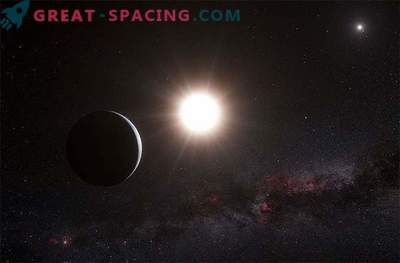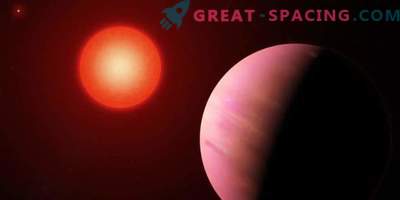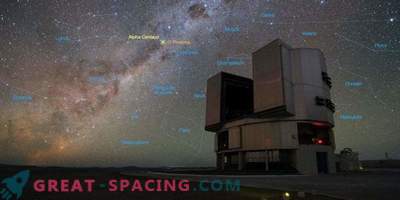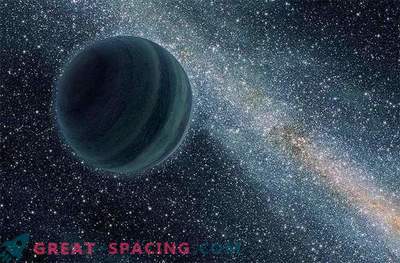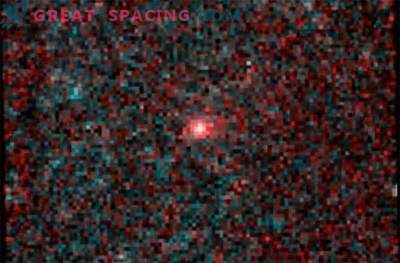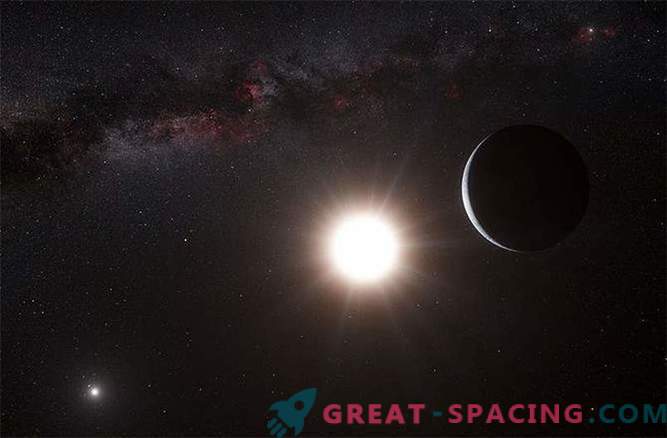
While many people are still confident that all the stars are very far from our Earth, yet one of them is located in relative proximity - this is Alpha Centauri. The distance is about 4, 3 light years. In 2012, astronomers discovered a planet too close to their star. That is why it can not be habitable. Nevertheless, she managed to attract the attention of many scientists, because the exoplanet discovered is closest to Earth.
Three years later, a research team led by Eduardo Bendek, an astrophysics scientist working in one of NASA's branches, hopes to get more information about the object and try to find signs of life. They want to launch a telescope that will monitor Alpha Centauri for several months.
"The goal of my research is to develop innovative technologies that will then allow us to take the first picture of an earth-like planet orbiting around Alpha Centauri," Bedek wrote in his e-mail to Discovery News.
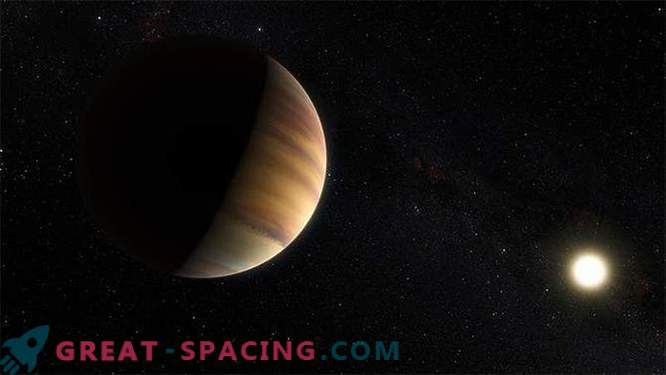
Artistic representation of 51 Pegasus b - the very first exoplanets found.
The mission, which is not funded so far, is called the "satellite to the Alpha Centauri exoplanet" or from the English abbreviation ACESat. It will be carried out by the famous Kepler satellite. He already has more than 1,000 found planets. ACESat will search for planets that revolve around a star nearby.
This group is the first to decide to take on this mission. As an aid, she will use a coronagraph (a device that blocks direct light from a star). This will make it easier to detect it in cosmic darkness and allow researchers to see the tiny planet next to the star, because the latter will be visible 10 billion times brighter.
Even if scientists fail to capture the planet for two years, they will definitely be able to note the large accumulation of space debris around exo-earth. However, if the mission turns out to be successful, then a long observation period can help get data on aspects such as the size of the planet, the mass and the length of its orbit.
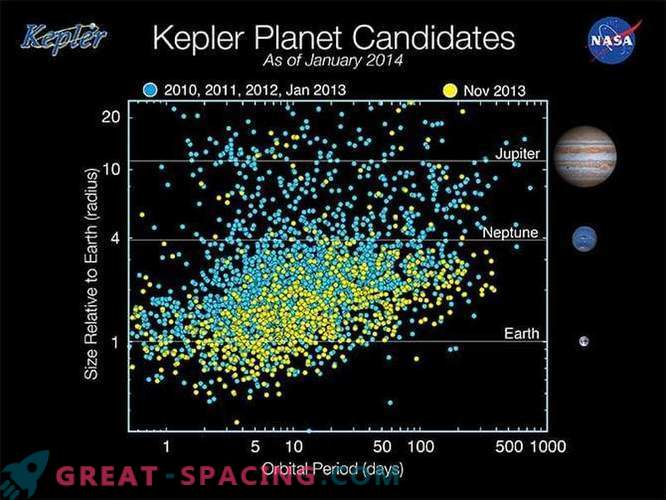
Graphic representation of the number of exoplanets found by the Kepler space telescope The researchers note that, despite the small size of the telescope lens (25 cm), its capabilities are very large. He will help to give a certain "primary shot" to the project. Its main task is quite simple - constantly monitor the star system, search for other planets and space objects previously unknown to science.
Bendek added, his team feels: this is definitely a good chance to learn something new about space. "Outer space is chosen very well, because it is there that there is a huge number of red and brown dwarfs, but they are by their very nature very unstable," he said.
The ACESat project was first proposed in October 2014 as a side research program by NASA, but no one imagined that everything would go so far. The scientist mentioned that they just started, and there is still much to strive for. This is far from the end of their mission.
The proposal was presented at the conference SPIE Optics and Photonics at the beginning of this year and immediately discussed.
